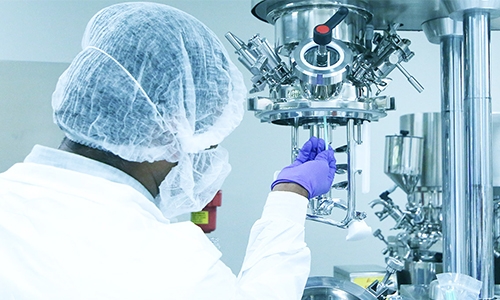A recent article in Outsourcing Pharma reported on FDA’s CDER Director Janet Woodcock’s testimony to congress on continuous manufacturing for the pharmaceutical industry. Woodcock stated in the hearing that “though making the switch from batch to continuous manufacturing may be difficult, costly and time-consuming, pharma manufacturers and CMOs should begin to consider the switch as in the long-run it will end up saving companies time, money and space.” She is also quoted as saying, “I don’t know why it’s not more widely used” as “this is the future.”
The FDA’s increasing attention to the issue of manufacturing quality can be seen in their emphasis on Quality by Design and now in continuous manufacturing. At Tergus, we have a fully implemented QbD program and the benefits are seen not only in our clinical supply manufacturing operations, but also in subsequent manufacturing scale up.
We understand that the move to continuous processing with the use of PAT may be the wave of the future. And yes, this may have implications for the way CDMOs like Tergus operate. But is continuous manufacturing a good option for semi-solids?
We believe that continuous manufacturing is best suited to the routine operations—companies that produce the same thing over and over such as API or biologics production. As it stands right now, continuous manufacturing is limited in what can be made, the types of products and the flexibility (or relative inflexibility) of the continuous operational platform. Continuous manufacturing of semi-solid formulations is more of a novelty than a practicality. It doesn’t mean it can’t be done, only that the nature of the product and the absence of reliable in-line continuous process options make the batch process approach more practical for semi-solids at the current time. For a clinical supply manufacturer, multiple continuous pathways might be necessary to support the variety of semi-solid product types and likely could lead to lead to less flexibility for even small-to-medium sized CDMOs.
One of the benefits Tergus brings to the table is our awareness of traditional, as well as state-of-the art practices. It’s why we were very early adopters of QbD. A continuous manufacturing operation may be the wave of the future and we are monitoring it closely.

